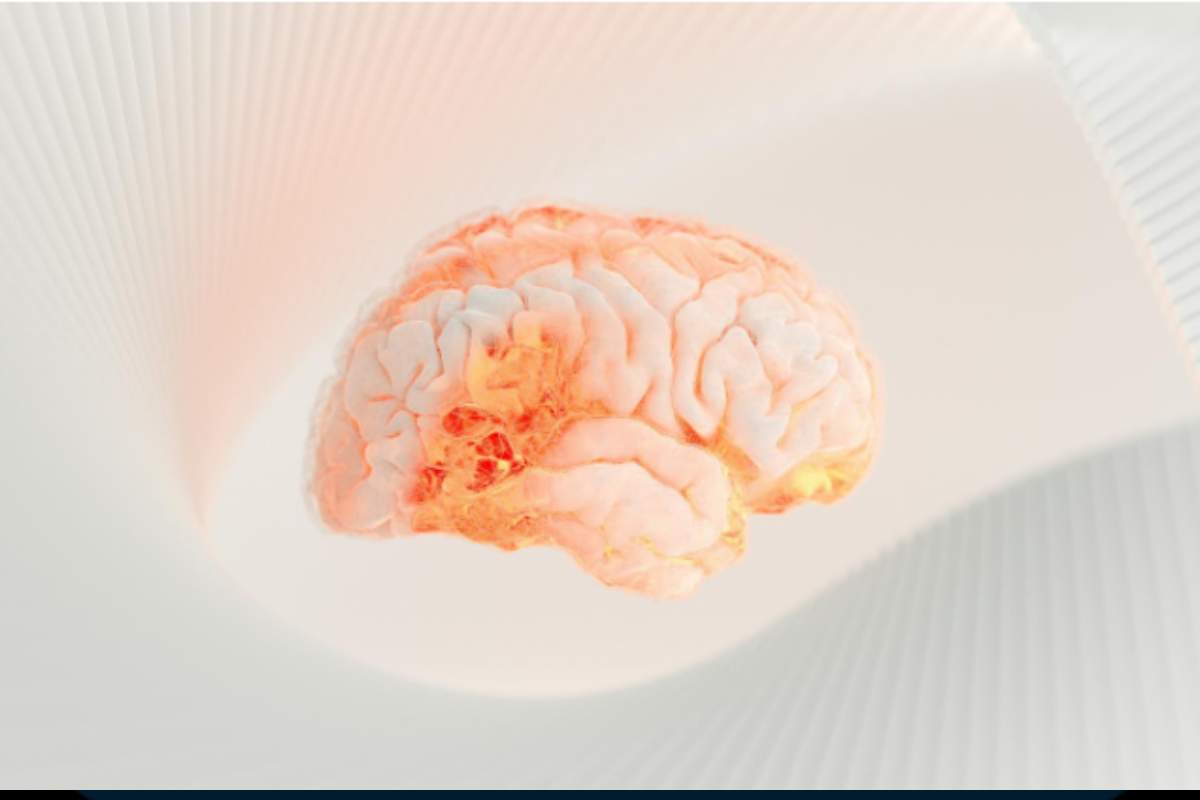Attention disorders, a catchall term for conditions like Attention Deficit Hyperactivity Disorder (ADHD), have puzzled parents, educators, and scientists for years. These conditions can significantly impact a person’s ability to focus, organize, and follow through with tasks. A growing body of research suggests that genetics plays a major role in these disorders, shaping how they manifest and how they can be managed.
Table of Contents
The Genetic Link
The belief that attention disorders stem from certain genetic factors is not conjecture but is founded on evidence gathered over decades. Family and twin studies have consistently shown that if one sibling has ADHD, the other sibling is more likely to have it as well. The concordance rate among identical twins—who possess identical genetic makeups—is particularly high, underscoring the role of heredity. Researchers suggest genetic influences contribute to anywhere between 60% to 90% of the variability in ADHD symptoms.
Genetic studies point toward specific regions on chromosomes where genes associated with attention disorders reside. For example, certain variations in the dopamine transporter gene (DAT1) and receptor gene (DRD4) have been linked to ADHD. These genes play a role in how neurotransmitters like dopamine function, affecting attention and impulse control. With advances in genetic testing, it’s becoming increasingly possible to identify these specific genetic markers.
An exciting development in this area is the application of genetic testing for ADHD medications. This innovation could revolutionize treatment by predicting individual responses to various medications. Such tests analyze one’s DNA to minimize the arduous trial-and-error process in selecting the most effective medication, reducing the distress associated with finding the right treatment.
As the role of genetics becomes more apparent, it opens up pathways for researchers to explore how different genetic profiles might affect therapy outcomes. Understanding these genetic differences can inform the development of more specific diagnostic criteria that better capture the nuances of individuals’ experiences with attention disorders. This nuanced understanding may ultimately lead to earlier diagnoses, which could tremendously benefit children as they develop.
Understanding the Complexity
While genes lay the groundwork, they do not act in isolation. Environmental factors such as exposure to toxins, dietary choices, and even early childhood experiences can influence how these genetic predispositions manifest. For instance, a child with a genetic tendency toward impulsivity might never display problematic behaviors if raised in a structured and supportive environment.
Moreover, it’s not simply a matter of possessing or lacking “ADHD genes.” Attention disorders are polygenic, meaning that multiple genes contribute to this outcome. These genetic components interact in complex ways that we don’t fully comprehend yet. Chemistry, brain development, and overall mental health play roles in determining the severity and type of symptoms one might exhibit.
Future investigations could concentrate on elucidating how the interplay between genetic predispositions and environmental triggers manifests in diverse populations. This focus would not only personalize treatment approaches but also enhance understanding of cultural and socioeconomic factors that may impact the prevalence and expression of attention disorders across different communities.
Research Approaches
Researchers are using various strategies to untangle the genetic roots of attention disorders. Genome-wide association studies (GWAS) scan the entire genetic code of affected individuals to spot anomalies. By aggregating genetic data from diverse groups, scientists hope to identify potentially thousands of genes that exhibit small effects, eventually painting a fuller picture of ADHD’s genetic foundation.
Additionally, advanced neuroimaging techniques are helping us visualize how certain genetic variations affect brain regions associated with attention. For instance, differences in the size or connectivity of the prefrontal cortex—a critical area for attention and decision-making—have been documented in individuals with ADHD.
Progress in computational biology and machine learning offers tools for analyzing vast datasets that could fine-tune our understanding of genetic influence on attention disorders. These technological advancements are instrumental in mapping relationships among genetic variables and their role in behavioral outcomes, potentially predicting how individuals might respond to different therapeutic interventions.
The Implications of Genetic Research
Understanding the genetic elements of attention disorders breaks new ground in how we approach treatment. Genetic insights can eventually lead to personalized treatments, tailoring therapies to an individual’s genetic makeup. Imagine a world where medications or therapeutic interventions are preemptively matched to someone’s genes, minimizing trial-and-error periods that can cause unnecessary distress.
The research could soon transform how society perceives individuals with attention disorders. Recognizing genetic influences affirms that these are not merely behavioral issues but conditions with rooted biological origins. With better public awareness, hopefully, the stigma surrounding attention disorders will diminish, paving the way for increased empathy and understanding.
Conclusion
While genetics is a substantial part of the equation, it’s far from the entire answer. A multidimensional understanding that encompasses genetic, environmental, and neurological factors is essential. It’s an ongoing effort that offers hope and poses exciting challenges for researchers blazing a trail into the genetic realm of attention disorders. As our understanding deepens, so does the promise of innovative solutions for those impacted by these complex conditions.
